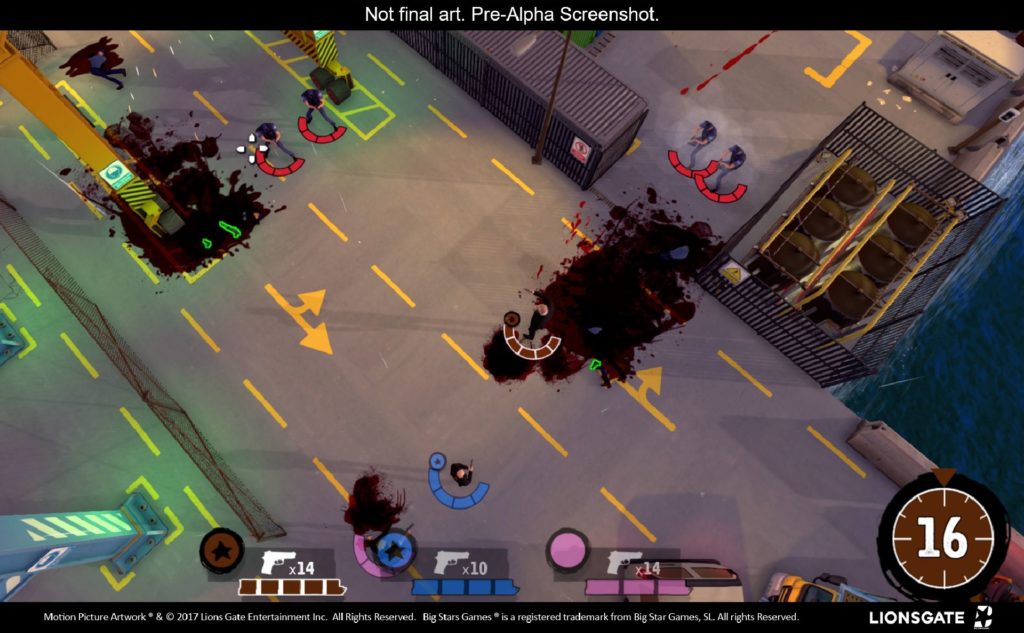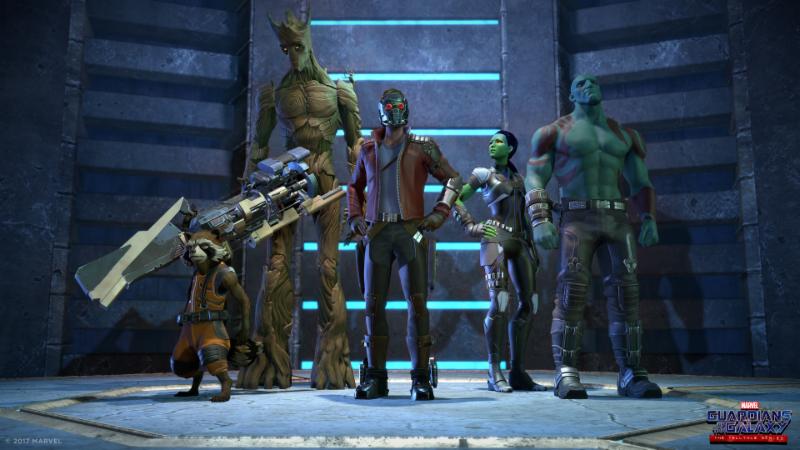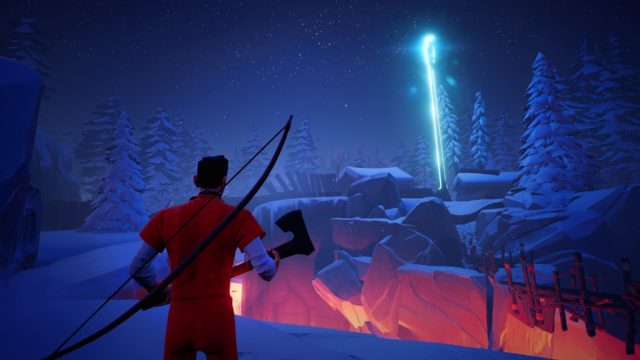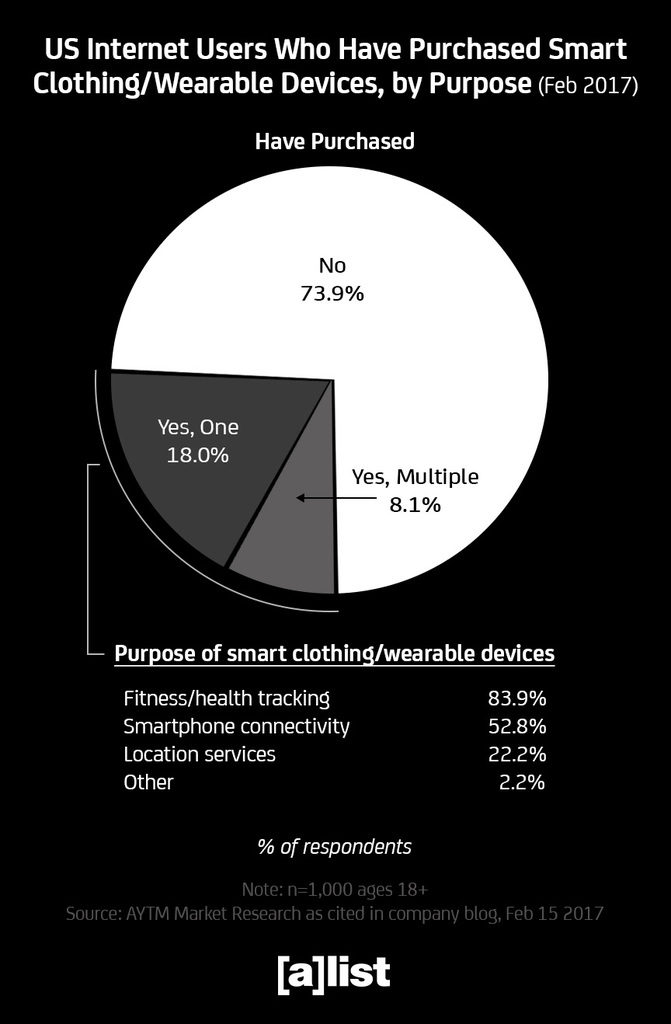I’m not what you’d call a “girly” girl, but sometimes you’ve just got to text your friend, “OMG LOOK AT THESE SHOES!” While the brands we talk about in private chat conversations may be great news for marketers, it’s only helpful if there is some way to track it. Enter ShopChat—a new chat commerce app that not only makes it easier to discover and share product ideas with friends, but finally offers those “dark” metrics that marketers have so desperately craved.
ShopChat is an app that works inside existing messaging platforms so that consumers don’t have to change their favorite methods of chatting. Think of it as a kind of Pinterest, but in a private setting like iMessage, Facebook Messenger, WhatsApp, Line or wherever you’d already be hanging out. The app simply inserts images and links from brand partners like Sephora, Guess and Foot Locker that users can browse, share and react to. (Because OMG, shoes.)
“We started as a platform around dark social—that is, an easy way for people to share products directly via chat,” Zephrin Lasker, CEO and co-founder of ShopChat told [a]listdaily. “We are planning new features that will allow people to publish those shares and likes to their social graph, but they will also have the option to keep these shares private and dark. This makes sense, as some items people want to share with their larger community and some are well, private. So basically, ShopChat is the first platform that originated around dark social and is building on that power to evolve into something broader.”

In a report titled “The Dark Side of Mobile Sharing,” enterprise advertising platform, RadiumOne says that a whopping 84 percent of worldwide shares are dark—that is, made in private conversation. Using ShopChat allows brands to track anonymous data like which items were shared and on which messenger, without saving any text messages—tracking only the brand images, themselves. Users are able to “like” and adorn these images with a number of emoji—a feature that more than 50 percent of users take advantage of, Lasker said, adding that the app has become a form of self-expression.
The US beta has drawn over 100,000 users to date and its demographic is primarily females under the age of 24. Right now, the app features a handful of brand partners but users are able to request brands to be added. Beta users are sharing products at a current rate of 32 percent on average. I wasn’t kidding about the shoes, either—Lasker told us that the top three most-shared products to date have been shoes, makeup and hoodies.
As a serial entrepreneur with a background in research and development, Lasker saw a need to bridge the gap between private conversations and brand awareness. The company is made up of only six people, but their idea has caught the attention (and checkbooks) of angel investors who see tremendous potential for consumers and brands alike. The company’s biggest investor is online retail giant, Rakuten—so it’s pretty safe to say that a ton of products will be available for sharing in the near future.
Lasker explained that ShopChat appeals to the “mouth of the funnel” in a buyer’s journey. It’s a discovery tool more than it is a purchasing tool, he explained, although users are able to follow associated links to the product or brand page from inside their messages. In the future, the company hopes to offer direct in-app purchasing, as well as conversion tracking for brands. While consumers who know what they want go to a site like Amazon, these same users browse and share ideas the rest of the time . . . and that’s where ShopChat comes in handy.
“We will be doing co-marketing with brands,” Lasker explained. “For instance, they might launch a new product or offering and we will sneak preview it to our users (especially those we know to have an affinity for the brand). In addition, brands will also have the ability to drive people to their page/section on ShopChat which helps drive exposure for ShopChat and the brand. We also track every share and like down to the brand and product—so that’s very useful for brands.”
In a recent study, 83 percent of women agreed that they “couldn’t get nearly as much accomplished in life” without a smartphone and 80 percent seek peer opinions before making a purchase. Recent tests of Facebook chatbots revealed that 70 percent of requests could not be fulfilled without human intervention. ShopChat hopes to bypass the middle man, so the speak, by just letting friends and family do the talking. ShopChat is available now in the US App Store, with Android and additional regions being added in the near future.

 Although Quentin Tarantino’s suspense action movie, Reservoir Dogs didn’t become a cult favorite until the director’s breakout success, Pulp Fiction, hit theaters two years later in 1994, the movie is seen today as a kind of masterpiece of cinema. The movie is beloved for a long list of reasons, including its nonlinear storytelling from multiple perspectives and flashbacks, where the story reveals itself over time. Then there’s the witty dialogue (marked by an explicit three-minute monologue about Madonna’s song, Like a Virgin at its start) and unforgettable performances by Harvey Keitel, Michael Madsen, Steve Buscemi, and Tim Roth. And yes, let’s not forget about the violence, which includes Mexican standoffs, a character bleeding out from a bullet wound throughout much of the film, and another who has a body part cut off while being tortured.
Although Quentin Tarantino’s suspense action movie, Reservoir Dogs didn’t become a cult favorite until the director’s breakout success, Pulp Fiction, hit theaters two years later in 1994, the movie is seen today as a kind of masterpiece of cinema. The movie is beloved for a long list of reasons, including its nonlinear storytelling from multiple perspectives and flashbacks, where the story reveals itself over time. Then there’s the witty dialogue (marked by an explicit three-minute monologue about Madonna’s song, Like a Virgin at its start) and unforgettable performances by Harvey Keitel, Michael Madsen, Steve Buscemi, and Tim Roth. And yes, let’s not forget about the violence, which includes Mexican standoffs, a character bleeding out from a bullet wound throughout much of the film, and another who has a body part cut off while being tortured.



